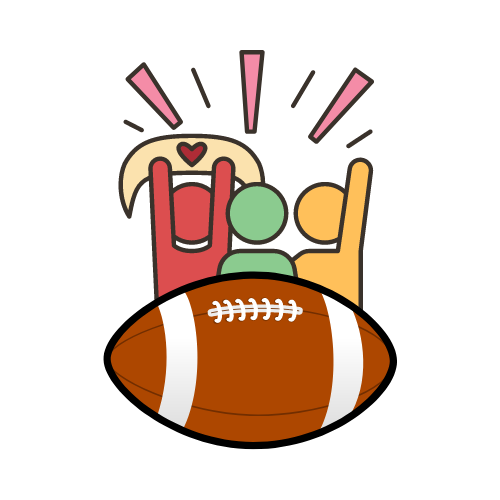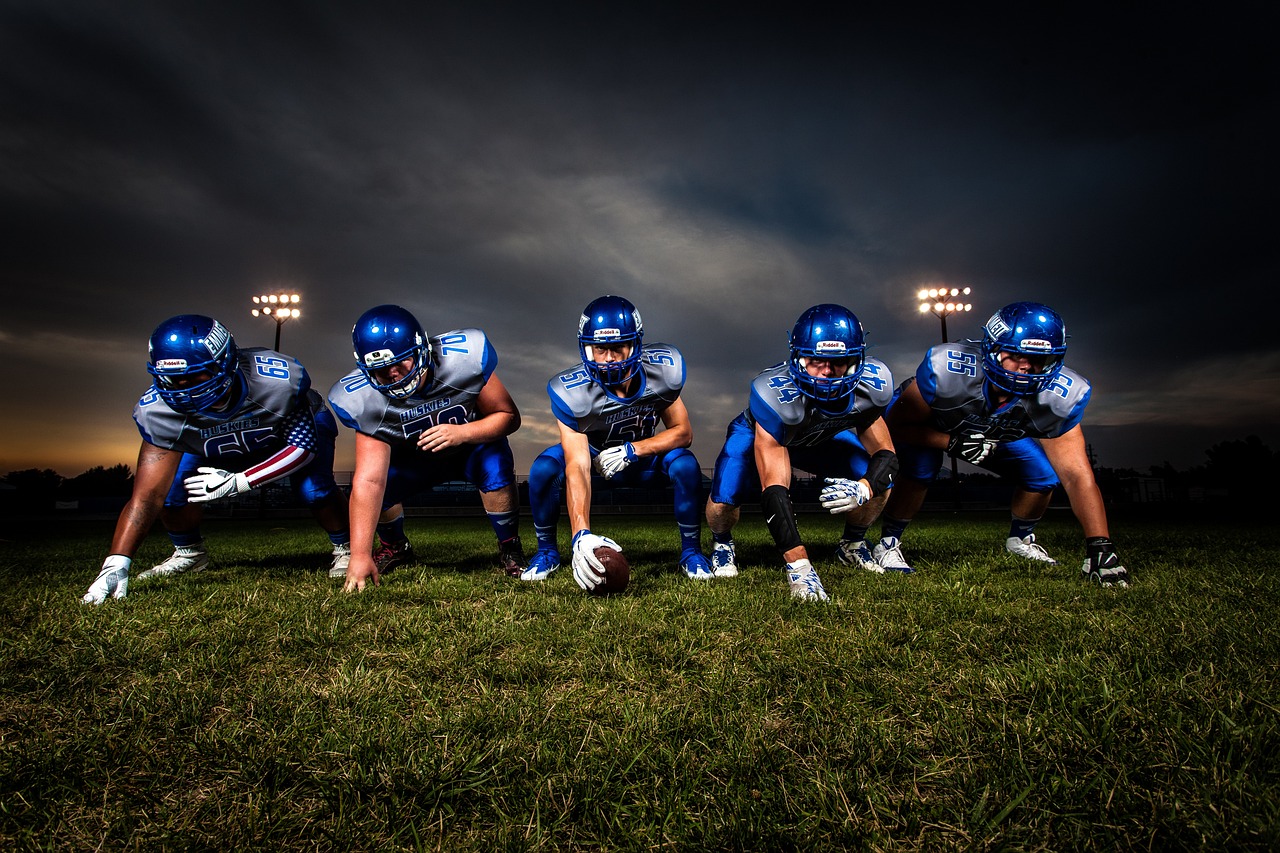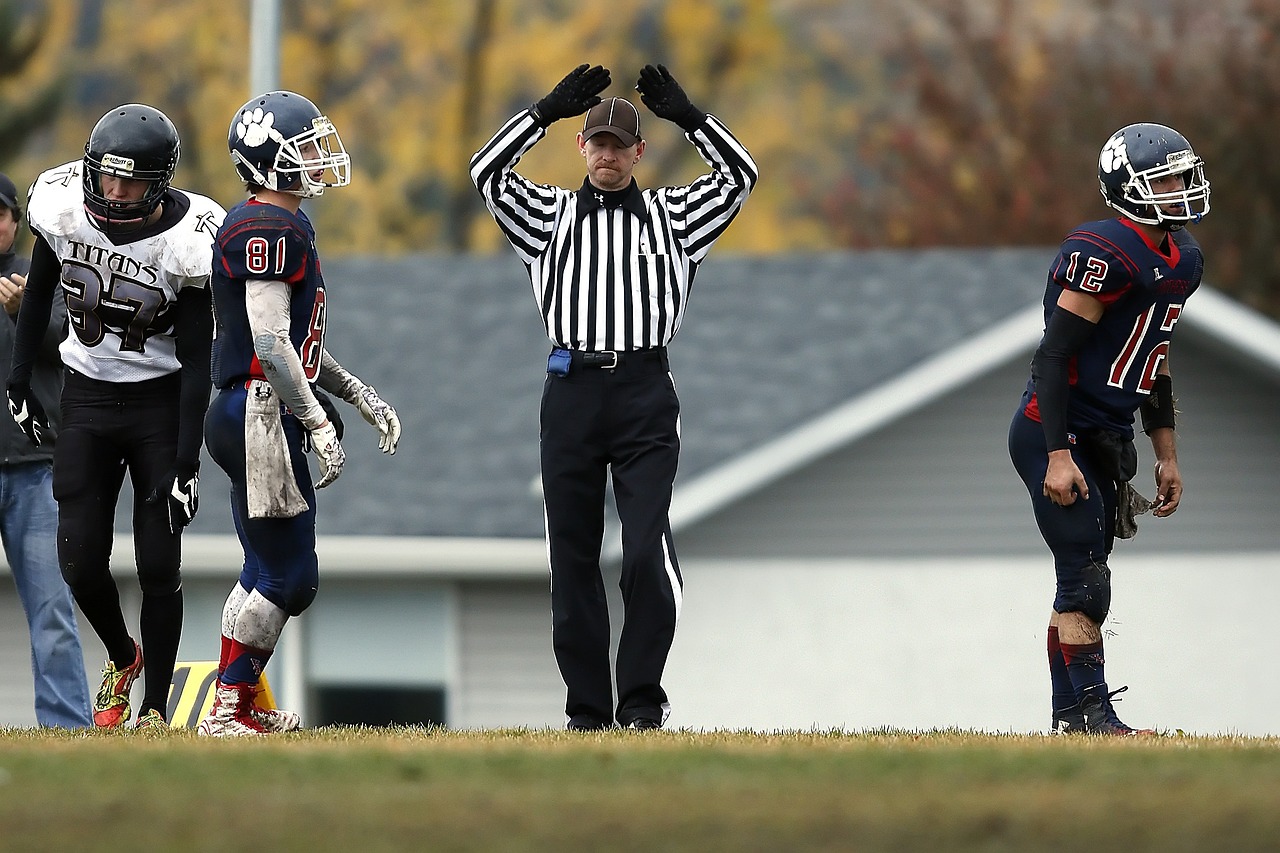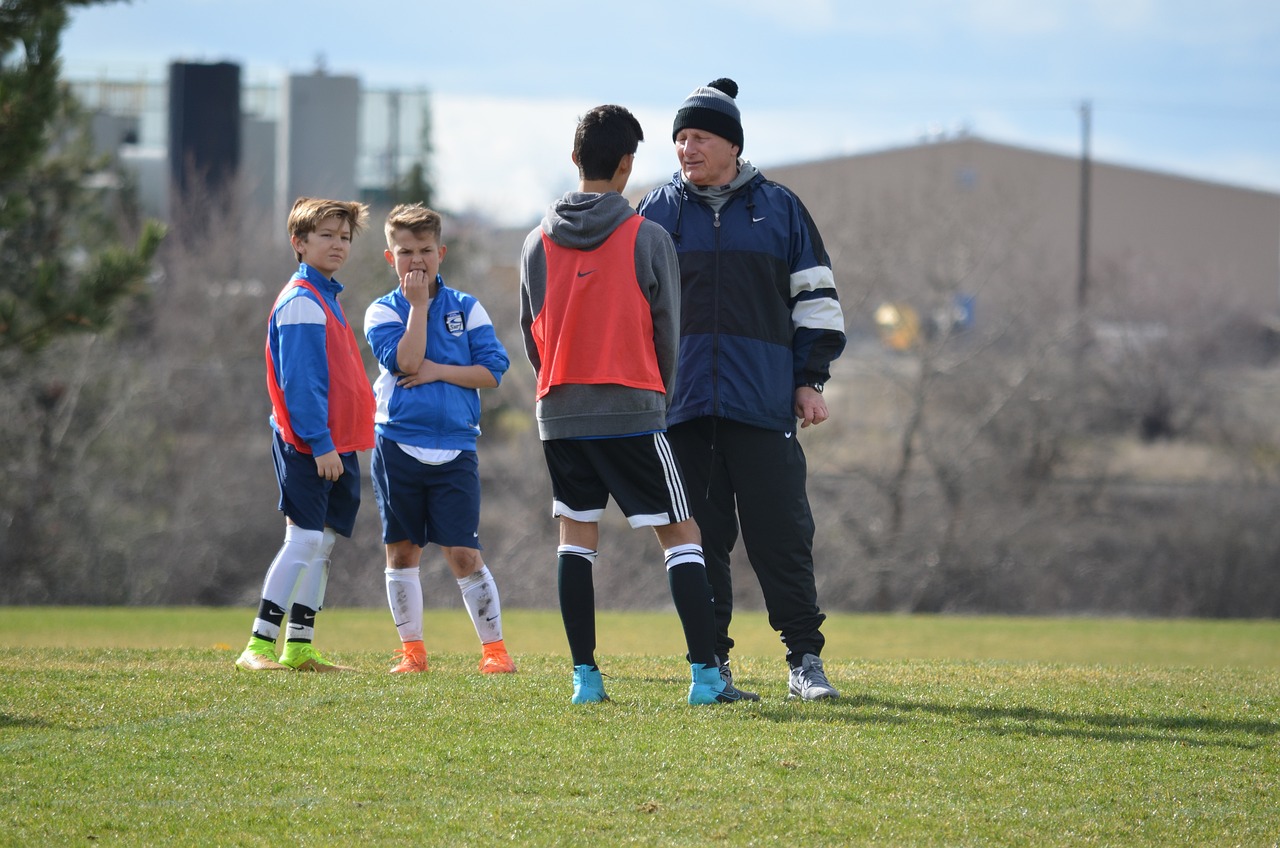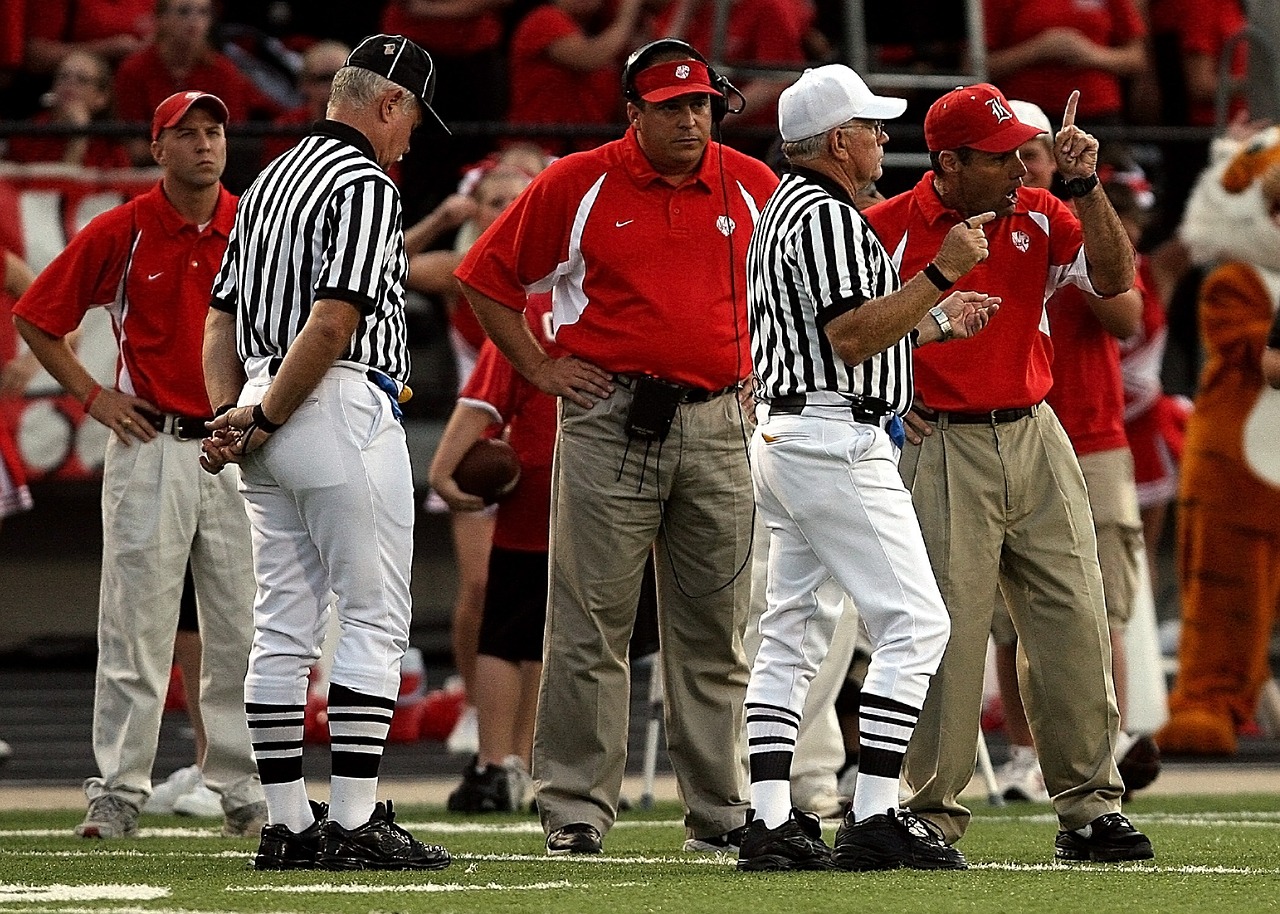The Ultimate Guide to High School Football Equipment: What Every Player Needs to Succeed
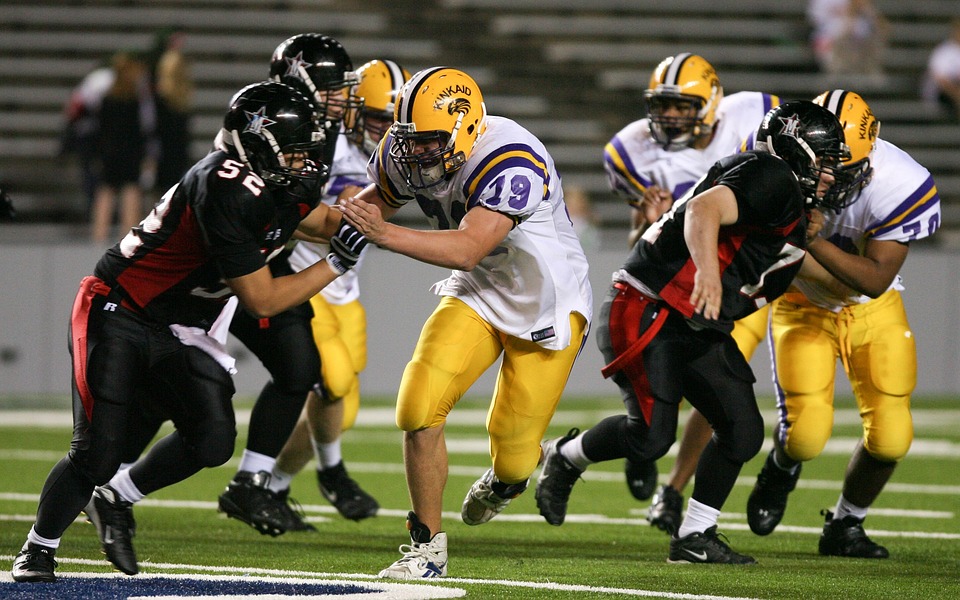
As the fall season approaches, many high school students begin preparing for the start of football season. One of the most important aspects of football is having the proper equipment. Not only does proper equipment enhance performance, but it also protects players from injury. In this ultimate guide to high school football equipment, I will outline the essential gear every player needs to succeed on the field.
The Importance of Proper Football Equipment
Football is a high-impact sport that requires a significant amount of physical contact. Therefore, it is crucial to have the right equipment to protect yourself from harm. Proper equipment not only reduces the risk of injury but also helps players perform at their best. The right gear can improve mobility, speed, and agility, all of which are essential for success on the field.
Helmets: The Most Important Piece of Equipment
One of the most critical pieces of equipment for any football player is the helmet. It is designed to protect players from head injuries and concussions, which can be life-changing. When selecting a helmet, it is essential to make sure it fits correctly and is up to date with safety standards. It is also crucial to ensure that the helmet you choose is appropriate for your position. For example, linemen require a different type of helmet than a quarterback.
It is also important to note that helmets need to be replaced regularly. If a helmet is damaged, it should be replaced immediately, as it may not provide adequate protection. Additionally, helmets should be reconditioned annually to ensure that the padding and other components are still in good condition.
Shoulder Pads: Protecting the Upper Body
Shoulder pads are another crucial piece of equipment for football players. The primary function of shoulder pads is to protect the upper body from injury. They come in different sizes and shapes, depending on the position of the player. Linemen require heavier and larger pads, while receivers and running backs need lighter and more flexible pads for maximum mobility.
When selecting shoulder pads, it is important to consider the fit. The pads should cover the player’s shoulders and extend down to the rib cage. They should also be snug but not too tight, as this can restrict movement. Additionally, shoulder pads should be reconditioned regularly to ensure they are still providing adequate protection.
Cleats: Choosing the Right Type for Your Position
Choosing the right type of cleats is essential for football players. Cleats provide traction and grip, allowing players to make quick turns and sudden stops. They also help prevent slips and falls, reducing the risk of injury.
When selecting cleats, it is important to consider the position you play. Linemen typically require cleats with more substantial traction, while skill position players need cleats that provide more flexibility and agility. Additionally, the playing surface should also be considered when selecting cleats. Some cleats are designed for artificial turf, while others are better suited for grass fields.
Gloves: Enhancing Grip and Preventing Injury
Football gloves are designed to enhance grip and protect players’ hands from injury. They are particularly useful for receivers and running backs who need to catch the ball and maintain control while being tackled.
When selecting gloves, it is essential to consider the fit. Gloves should fit snugly but not be too tight, as this can restrict movement. The material that the gloves are made of is also important. Some gloves are designed to be lightweight and breathable, while others are more durable and offer more protection.
Mouthguards: Protecting Teeth and Preventing Concussions
Mouthguards are another essential piece of equipment for football players. They protect players’ teeth from impact and reduce the risk of concussions. When selecting a mouthguard, it is important to choose one that fits correctly and provides adequate protection. Custom mouthguards are often recommended as they provide the best fit and protection.
Compression Gear: Supporting Muscles and Aiding in Recovery
Compression gear is becoming increasingly popular among football players. It is designed to support muscles and improve blood flow, aiding in recovery after workouts and games. Compression gear can also improve performance by reducing muscle fatigue and speeding up recovery time.
When selecting compression gear, it is important to choose garments that fit correctly. They should be snug but not too tight, as this can restrict movement. Additionally, the material that the garments are made of is essential. Some materials are better suited for hot weather, while others are designed for colder weather.
Accessories: Towels, Water Bottles, and Other Essentials
While not as essential as other equipment, accessories such as towels, water bottles, and other essentials are still important to have. Towels are useful for wiping sweat from your face and hands, while water bottles are essential for staying hydrated during games and practices. Other accessories, such as wristbands and sweatbands, can also be useful for keeping sweat out of your eyes and improving grip.
Proper Maintenance and Care of Equipment
Proper maintenance and care of equipment are essential for ensuring that it lasts as long as possible and provides adequate protection. Helmets, shoulder pads, and cleats should be cleaned regularly to remove dirt and debris. Additionally, they should be stored in a dry, cool place to prevent damage. Mouthguards should be cleaned after each use and stored in a protective case to prevent damage. Gloves should also be cleaned regularly and stored in a dry place.
Conclusion: The Impact of Proper Equipment on Player Performance and Safety
In conclusion, having the proper equipment is essential for success and safety in football. Helmets, shoulder pads, cleats, gloves, mouthguards, compression gear, and accessories all play a crucial role in performance and protection. By selecting the right equipment and properly maintaining it, players can improve their performance on the field and reduce the risk of injury.
